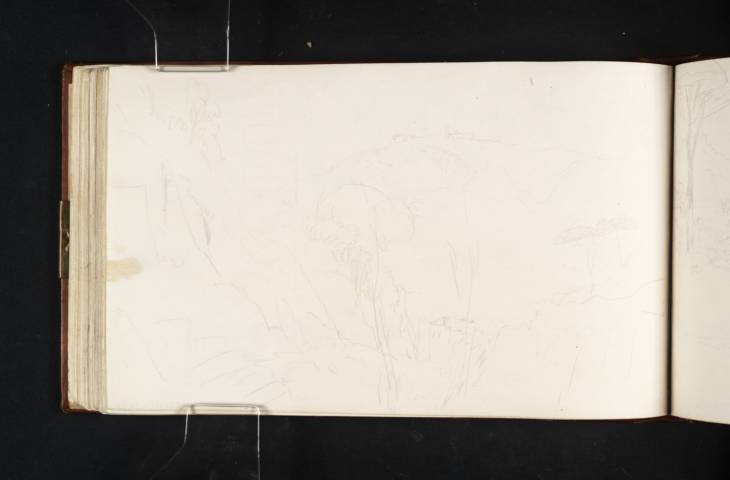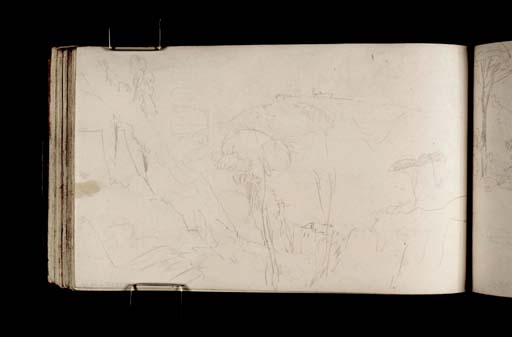References
How to cite
Nicola Moorby, ‘Camaldoli, from the Pozzuoli Entrance of the Grotto of Posillipo 1819 by Joseph Mallord William Turner’, catalogue entry, May 2010, in David Blayney Brown (ed.), J.M.W. Turner: Sketchbooks, Drawings and Watercolours, Tate Research Publication, December 2012, https://www


